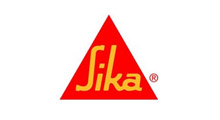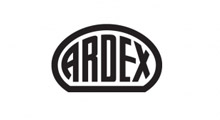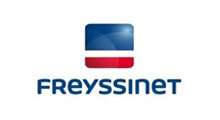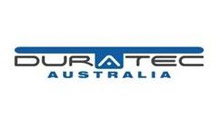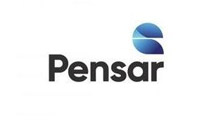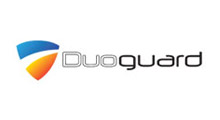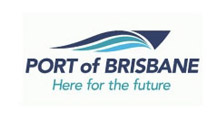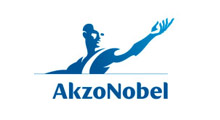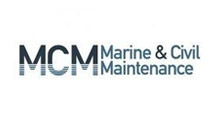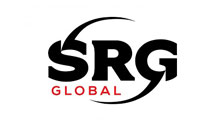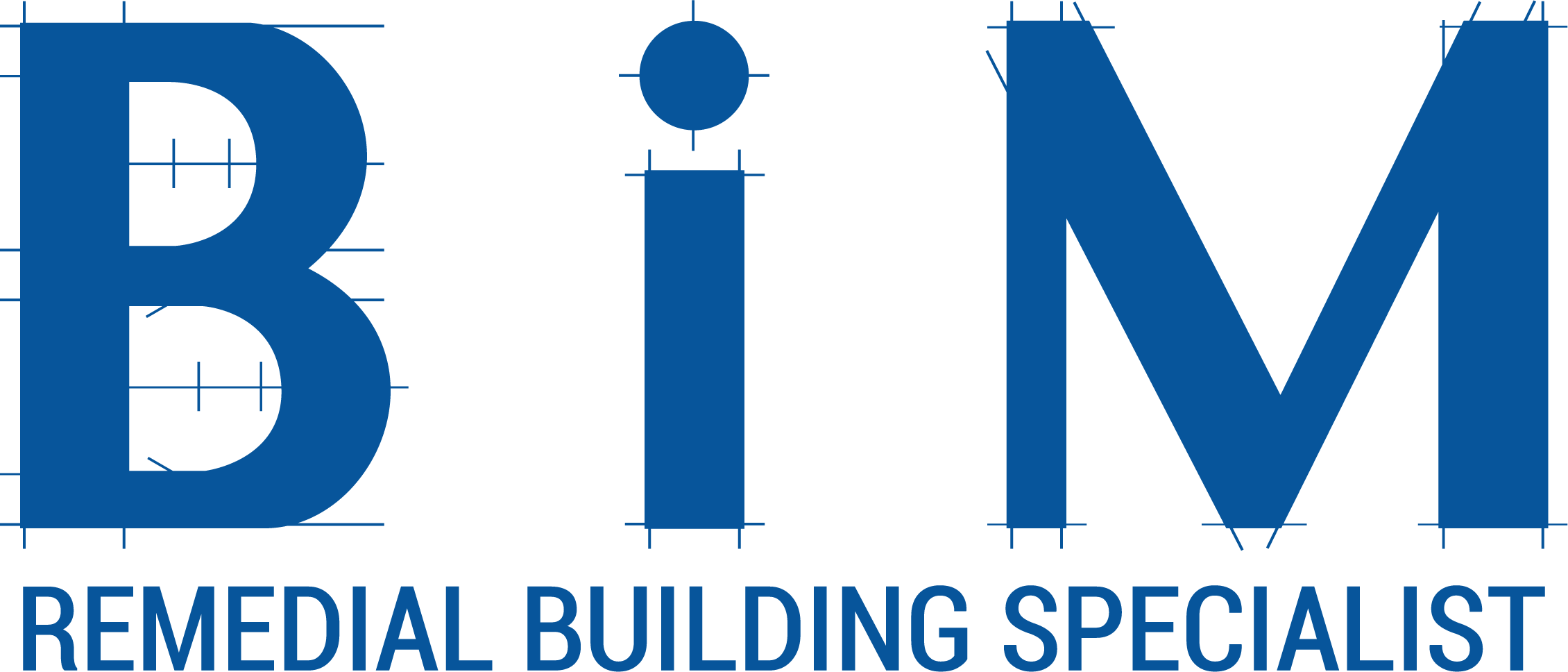
Bridge Case
(Each case study is based on actual project casefiles, digested to provide clear examples of diagnostic and repair techniques typical of each class of structure.)
This three-span, two lane bridge, constructed in 1975 in inland South Australia, consisted of a simple reinforced concrete pier and head-stock in a T section with reinforced concrete abutments. Precast, prestressed beams of approximately 10 m span were used to construct the deck of the structure.

Investigation
Random testing was carried out and the following results were obtained.
- Cement content — two tests showed -310 to 330 kg/m³
- Chlorides — background levels of chloride only were located in all elements
- Carbonation — average carbonation depths ranging from 15 to 25 mm were found in all abutments, piers and headstocks. The beams had only 5 mm average depth of carbonation
- Reinforcement cover — random covermeter readings were undertaken over approximately 5% of the area of the piers, headstocks and abutments and it was found that covers as low as 8 and 10 mm was reasonably common, with a good deal of the reinforcing steel in the range 15-30 mm cover. The table gives a further indication of the spread of reinforcement cover of the reinforcing steel
- Half-cell potential survey — the half-cell potential survey indicated random areas of approximately 50% of the surface area of the concrete showing corrosion of the reinforcing steel.
| Carbonation depth measurements on highway bridge | ||||
|---|---|---|---|---|
| Beams | Abutments | Piers | Head Stocks | |
| Average carbonation depth (mm) | 5 | 19 | 23 | 20 |
| Average cover to rebar (mm) | 32 | 20 | 21 | 25 |
| % Cover less than average carbonation | 0 | 40 | 45 | 55 |
Specification for repair
Patch repair, CP (cathodic protection) and re-alkalisation were considered as potential repair techniques for the carbonation-attacked piers, headstocks and abutments of this structure.
The precast elements, being generally in sound condition, required no treatment.
Patch repair was eliminated as a potential repair technique due to the large proportion of concrete removal required and the high cost and large structural weakening effect of such a large proportion of concrete removal and repair.
CP and re-alkalisation were considered as the only potential solutions for the required 30-year life of the structure. Budget costings for CP and re-alkalisation were completed with re-alkalisation indicating a far lower up-front cost and minimal ongoing cost compared with CP.
Re-alkalisation was therefore selected as the repair technique and was to be followed with the application of an anticarbonation coating to ensure that carbonation did not recur.
The repair
The minor spalling and delaminated areas were removed to the reinforcing steel, where the steel and substrate were prepared and repaired with a low resistivity mortar, without use of substrate and reinforcement coatings.
Following five days of curing of the spalled areas, the re-alkalisation system was applied. Approximately three days of operation was required to re-alkalise the concrete and reverse the carbonation to effectively zero. A high quality anticarbonation coating was then applied with a roller.







